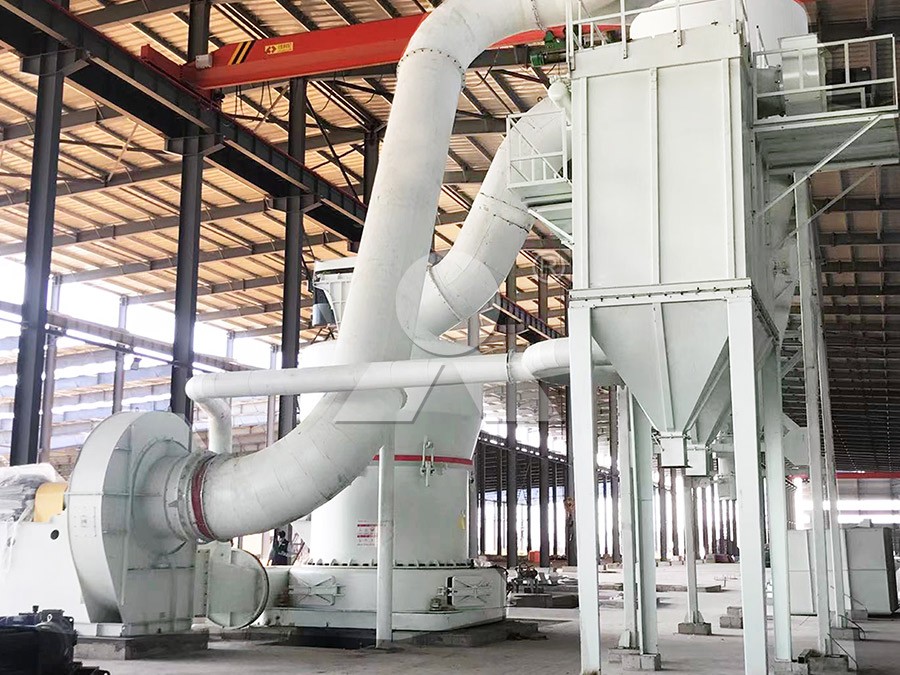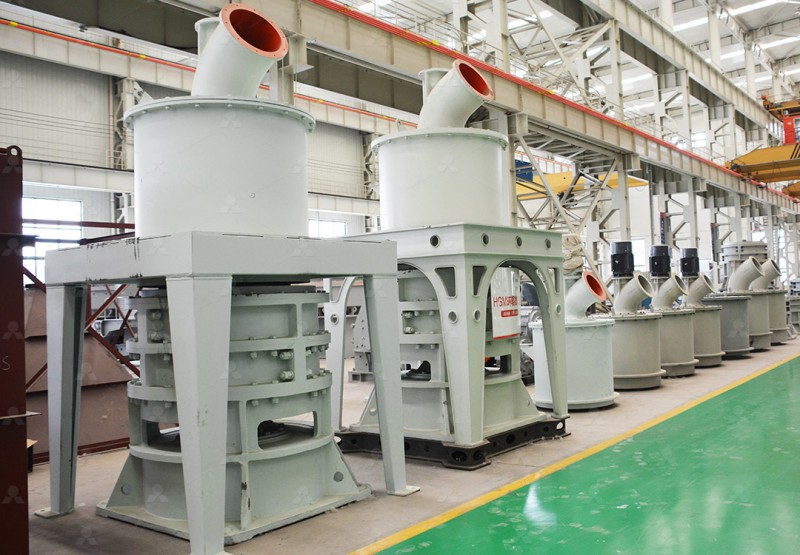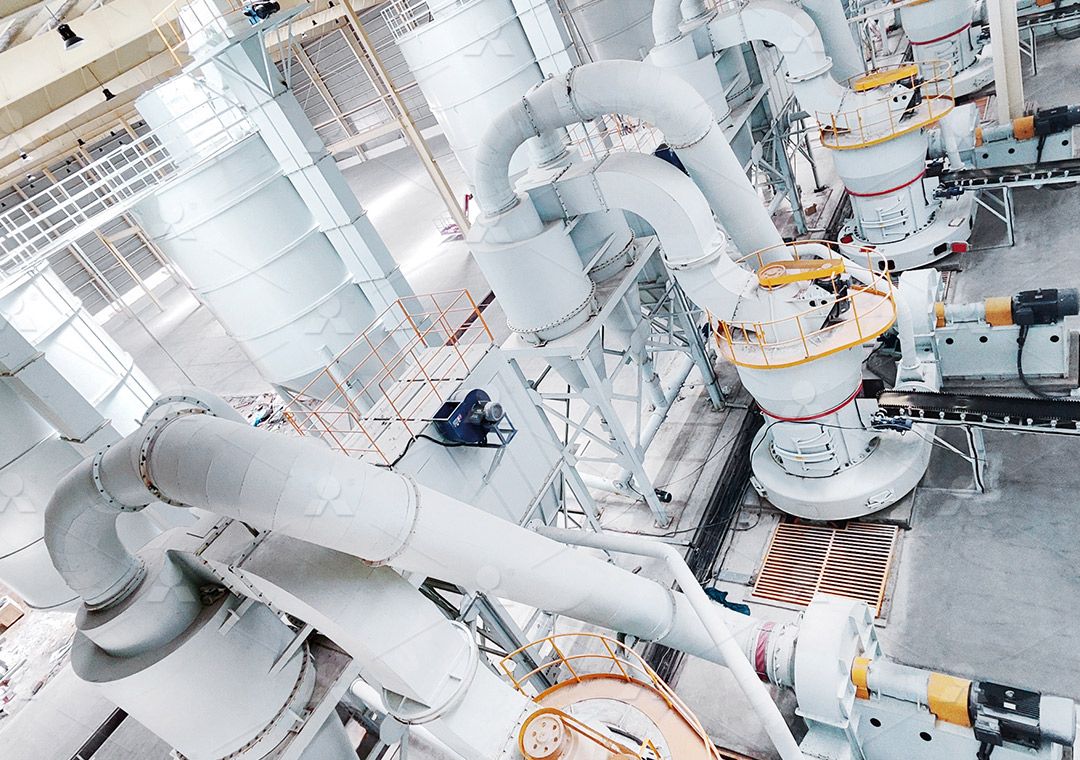Quartz Sand Vibrating Mill: Efficient Grinding Solutions for Industrial Applications
Quartz Sand Vibrating Mill: Efficient Grinding Solutions for Industrial Applications
In the realm of industrial mineral processing, the quest for efficient, reliable, and precise grinding solutions is perpetual. Quartz sand, with its extensive applications in glassmaking, foundries, construction, and electronics, demands milling equipment that can deliver consistent particle size distribution, high purity, and operational economy. While various milling technologies exist, vibrating mills have carved a niche for handling abrasive materials like quartz sand, offering unique advantages in specific scenarios.

The fundamental principle of a vibrating mill involves high-frequency, low-amplitude vibrations that agitate the grinding media—typically balls or cylinders—within a chamber. This action creates a complex motion of impact, friction, and shearing forces on the quartz sand particles, resulting in efficient size reduction. Unlike traditional ball mills that rely primarily on rotational force and gravity, the intense vibratory action can lead to faster grinding kinetics and a narrower particle size distribution, which is crucial for high-value quartz sand applications.
Challenges in Quartz Sand Grinding and Modern Solutions
Grinding quartz sand presents distinct challenges. Its high hardness (7 on the Mohs scale) leads to significant wear on mill components, increasing maintenance costs and the risk of iron contamination. Furthermore, many end-use industries require ultra-fine powders with precise cut points, demanding advanced classification systems integrated with the grinding process. Environmental considerations, such as dust control and noise reduction, are also paramount in modern industrial settings.
This is where advanced milling technologies from LIMING Heavy Industry demonstrate their superiority. For operations requiring the production of ultra-fine quartz powder, the MW Ultrafine Grinding Mill presents an exceptional solution. Engineered for customers who need to make ultra-fine powder, this machine is a standout choice. It boasts an impressive capacity range of 0.5 to 25 tph and can handle an input size of up to 20 mm. A key feature for quartz processing is its adjustable fineness between 325-2500 meshes, allowing producers to tailor the product to exact specifications. The mill’s cage-type powder selector, incorporating German technology, ensures high precision in powder separation, achieving a screening rate of d97≤5μm in a single pass.

Beyond its technical performance, the MW Ultrafine Grinding Mill is designed with longevity and environmental compliance in mind. Its grinding chamber contains no rolling bearings or screws, eliminating common failure points and concerns about damage from abrasive quartz. The lubricating device is externally mounted, enabling lubrication without shutdown for continuous 24/7 operation. To ensure eco-friendly production, it is equipped with an efficient pulse dust collector and muffler, effectively minimizing dust and noise pollution in line with national environmental standards.
Selecting the Right Mill for Your Application
While vibrating mills are excellent for certain fine-grinding tasks, selecting the right equipment depends on the specific project requirements—desired fineness, capacity, contamination tolerance, and total cost of ownership. For high-capacity production of fine quartz sand where vertical integration is key, the LUM Ultrafine Vertical Grinding Mill is another robust option from LIMING. Integrating grinding, grading, and transporting, the LUM mill features unique roller shell and lining plate grinding curves that are easier to generate a material layer, enabling a high rate of finished products in a single pass. Its multi-head powder separating technology and PLC control system offer precise control over grinding parameters, reducing energy consumption by 30%-50% compared to common grinding mills.
The journey from raw quartz ore to a precisely graded powder is complex. Partnering with an equipment provider that offers not only advanced technology but also comprehensive support is critical. LIMING backs its equipment, including the MW and LUM mills, with a sufficient supply of original spare parts and technical services, ensuring worry-free operation and maximizing uptime for your quartz sand processing operations.

Frequently Asked Questions (FAQ)
What are the main advantages of using a specialized mill like the MW series for quartz sand?
The MW Ultrafine Grinding Mill offers superior grinding efficiency, producing 40% higher capacity than jet mills and twice the yield of ball mills with the same power. Its wear-resistant design and absence of internal screws and bearings minimize maintenance and iron contamination, which is critical for high-purity quartz applications.
How does the fineness control work in the MW Ultrafine Grinding Mill?
Fineness is precisely controlled through an advanced, German-technology, cage-type powder selector. Users can adjust the product fineness between 325 and 2500 meshes, and the system can achieve a d97≤5μm screening rate in a single pass, ensuring consistent product quality.
Can these grinding mills handle other materials besides quartz sand?
Absolutely. The MW and LUM mills are versatile and can process a wide range of non-metallic minerals, including limestone, calcite, dolomite, talc, barite, and gypsum, making them suitable for various industries from chemicals and paints to cosmetics and food additives.
What kind of after-sales support can be expected?
LIMING provides comprehensive technical services and a guaranteed supply of original spare parts for all its mills, ensuring long-term, reliable operation and minimizing potential downtime.
